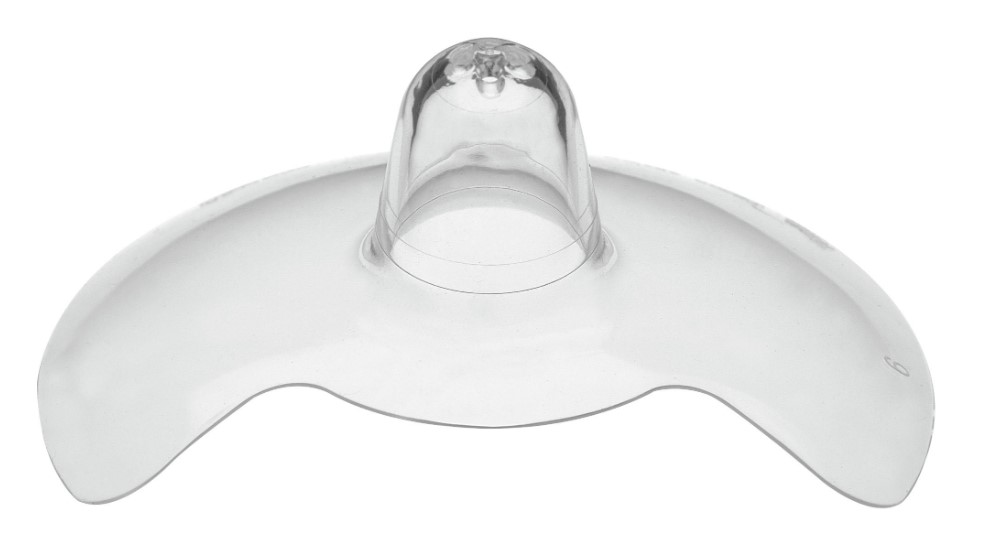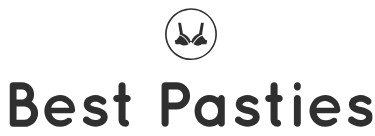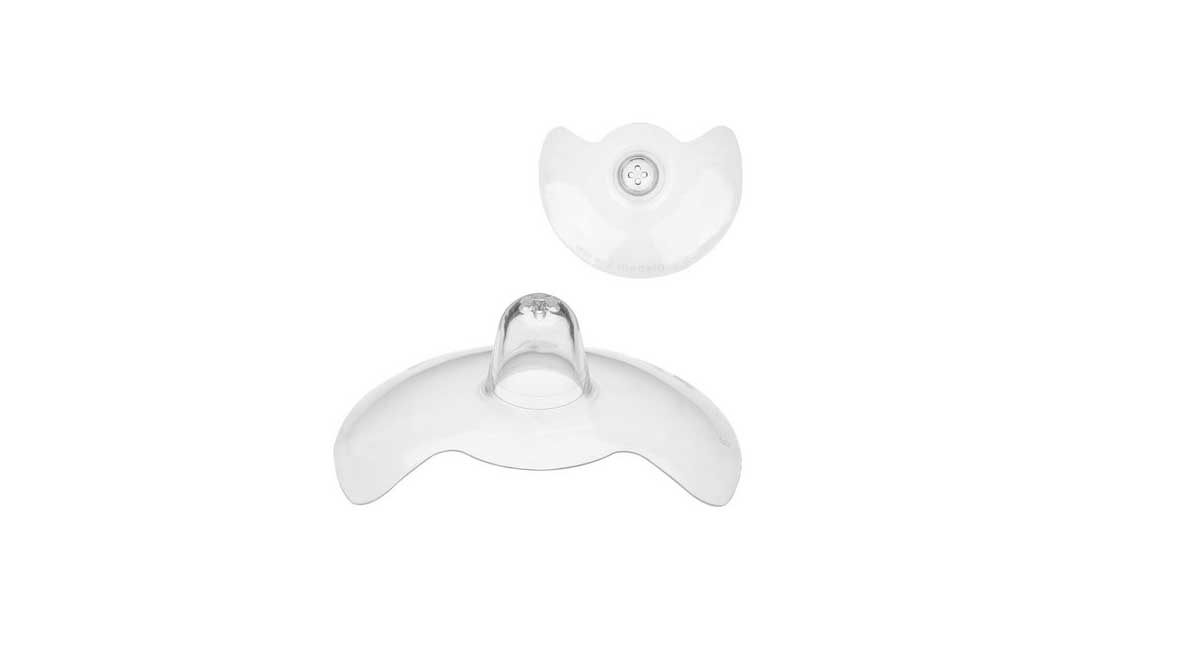Normally, breastfeeding should be a breeze. A baby should latch on as soon as you place it next to the nipple. This isn’t always the case. Some babies need help suckling. One of the many devices you can use to make things easier for your baby is a nipple shield.
Nipple shields are soft silicone or rubber nipple covers that go over your nipple and areola. The shield has a small opening at the tip that allows milk to flow from your breast, through the shield and on to the baby.
Do They Affect Milk Supply?
Since a nipple shield is one extra barrier between your baby and the real thing (your nipple) it might affect milk flow especially if you choose the wrong one. If you use your shield incorrectly, the baby will get less milk and you will be at risk of getting mastitis and plugged ducts.
So, does the baby get more milk with or without a nipple shield? Well. The milk flow can be slightly impeded even under the best use case scenarios. You might not notice if you use a good nipple shield and the benefits outweigh the cons.
Avoid nipple shields if your baby breastfeeds naturally without them.

Who Needs a Nipple Shield
Nipple shields are only useful under specific circumstances. Here are some of the reasons why you should buy and start using a breastfeeding nipple cover.
If Your Baby Has Latch On Issues
The shield can help newborns with latching problems latch better since it gives an optimized breastfeeding surface area to the baby.
Babies Born Prematurely
Premature babies might have trouble suckling from short or thick nipples. A nipple cover with a long slender tip is easier to keep in the baby’s mouth. It will make breastfeeding a breeze.
If You Have Sore Nipples
Sore nipples can make you shun breastfeeding. If you have cracked nipples or the breastfeeding experience is unbearable to you, adding a good nipple shield can protect you hence increasing your chances of producing more milk for your little angel.
Retracted, Flat or Inverted Nipples
A nipple cover can draw out small retracted or flat nipples making it easier for the baby to latch on and keep suckling for long enough.
If you are in any of the above scenarios, using good nipple shields will make breastfeeding a breeze and ensure your baby gets more breast milk without straining too much.
Nipple Shield Pros and Cons
The biggest advantage of using nipple shields is they can make breastfeeding possible or more bearable to the mother especially if you have the above problems and all other viable solutions have failed to yield results.
If you have sensitive nipples, you can keep breastfeeding for longer without the pain getting to you.
Cons
- The baby might get less milk if you use the wrong nipple cover or use the right nipple shield wrongly
- You risk getting mastitis or plugged duct if your nipple cover blocks milk transfer
- Weaning off a nipple shield can be hard
How Do You Stop Using a Nipple Shield?
Babies can get used to, even obsessed with, the nipple shield. You can also experience some weaning off nipple shield pain on your side. Since stopping using the shield sooner than later is better, here are some things to make the process better.
- If you are using the nipple shield to protect sore nipples, stop using the shield after a couple of days. You can avoid it altogether by using your other boob if it’s less damaged. You should also invest in a good nursing bra that protects your boobs as you move around.
- If you are using the shield because your baby cannot latch, try latching the baby without the nipple cover. Over time, your baby will figure out how to do it. You can also do the bait switch trick. Let the baby start suckling with the shield then remove it to finish up without
- Pump your breasts a bit before suckling to make your nipples extend. This will make latching easier and the baby will get milk faster as opposed to starting cold hence making the process easier
- If the baby isn’t recovering from the problem because of complications like tongue tie, lip tie or torticollis, consider getting medical help
Weaning off your baby involves trying to make him or her latch more often without the nipple shield. You will need constant practice to make this work.
How Can I Get My Baby to Latch Without a Nipple Shield?
You can help your baby latch without a nipple shield by making breastfeeding as favorable as possible. Here are some things you can do to help:
- Position your baby well. He or she should have their whole body facing your body so that they won’t have to turn the neck to latch
- Wait until the baby opens its mouth very wide before attempting to latch
- Once the mouth is open, pull him close to ensure that he is snugly nestled on the breast (don’t pull too hard to impede breathing) The baby’s lips should be wrapped around the areola like an open petal. If they are not, open them manually with a finger
- Give your baby your index or pinky finger to suck on for a while. This will train him to suckle right. The tongue should be at the bottom of the mouth, not at the top of the mouth
- Pump your breasts for a minute or so. This will elongate the nipple and ensure the baby gets a milk reward as soon as he or she latches on
- Pinch and hold the breast firmly just below the areola. This will present the nipple better to your baby
Nipple shields are a great way to keep your baby well fed if he or she has latching issues. However, you should always aspire to stop using the nipple shield as soon as possible and let your bay suckle naturally. It is safer and frankly better for both of you.

